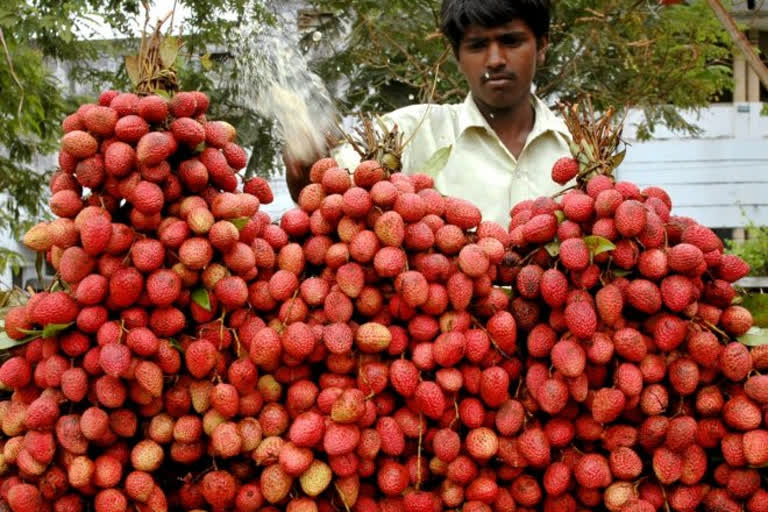Patna: Over 60 children passed away in Bihar after high fever and other fever-related symptoms. While some were rushed to hospitals, others died before medical help could be sought. Being referred to as ‘chamki bukhaar’ in Bihar’s Muzzafarpur and other parts of the state, the possibility of acute encephalitis syndrome (AES) or Japanese encephalitis (JE) has triggered panic all across the area.
Toll due to the acute encephalitis syndrome (AES) here rose to 93 on Sunday, while heatwaves claimed 56 lives till now.
According to details, 32 deaths due to heatwaves have been reported from Aurangabad, seven from Nawada and 17 from Gaya in the state.
In the wake of fatalities due to AES, Chief Minister Nitish Kumar has announced an ex-gratia of Rs 4 lakh each to families of the deceased.
He also gave directions to the Health Department, district administration and doctors to take necessary measures to fight the disease.
Kumar also expressed grief over the heatwave deaths and announced an ex-gratia payment of Rs 4 lakh to the next of the kin of the deceased.
All schools in Patna will remain closed till June 19 in view of the prevailing weather condition.
WHAT IS ENCEPHALITIS?
- Encephalitis is an inflammation or swelling of the brain.
- Usually results from either a viral infection or due to the body's own immune system mistakenly attacking brain tissue.
- In medicine, "acute" means it comes on abruptly and develops rapidly
- Encephalitis is rarely life-threatening. Mortality depends on a the severity of the disease and age.
SYMPTOMS:
- High fever, headache, sensitivity to light, stiff neck and back, vomiting, confusion and, in severe cases, seizures, paralysis and coma.
- Infants and elderly people are particularly at risk of severe illness.
PREVENTION:
- Paying extra attention to hygiene
- Protection from mosquitoes. Fogging and prevention of mosquito breeding around the house should be done
- Vaccination
- Pigsty should be built at a distance of at least three kilometres from human settlement
- Drinking clean, purified water
ENCEPHALITIS IN INDIA:
- As per reports, the disease was diagnosed in India for the first time in 1955 in the state of Madras (now Tamil Nadu)
- Reportedly, between 2008 and 2014, there were more than 44,000 cases and nearly 6000 deaths from encephalitis in India, particularly in Uttar Pradesh and Bihar.
- In 2013, reportedly, at least 351 people died of the disease in the northern state of Uttar Pradesh.
- In 2016, there was a rise in encephalitis, with over 125 children reported to have died in one hospital in Gorakhpur alone.
- During 2016, 11,651 cases and 1301 deaths were reported to the National Vector Borne Diseases Control Programme (NVBDCP). Most deaths were from Uttar Pradesh, followed by West Bengal, Assam and Bihar.
ARE LITCHIS THE CAUSE?
- The state health department has blamed hypoglycemia to be the reason.
- Litchis are widely grown in this region, and it is this time of the year when the fruit ripens.
- According to a study about a 2014 outbreak of the disease, published in The Lancet Global Health medical journal in 2017, one of the factors can be the consumption of litchi.
- Parents reported that children in affected villages spent most of the day eating litchis from nearby orchards. They often returned home in the evening and skipped dinner.
- This, according to the researchers, probably resulted in "night-time hypoglycaemia."
- It is also reported that the affected children are from poor families, and they are also malnourished. They resort to eating the fruit to end their hunger.
- As per reports, urine samples of some ill children showed evidence of exposure to toxins in litchi seeds
- The liver stores glycogen. When the sugar level goes down, the liver releases extra sugar to balance it out, but if there is no extra sugar and there are only toxins, then they get released. This cases the brain to swell.
- Heat, malnourishment and humidity are also some contributing factors



